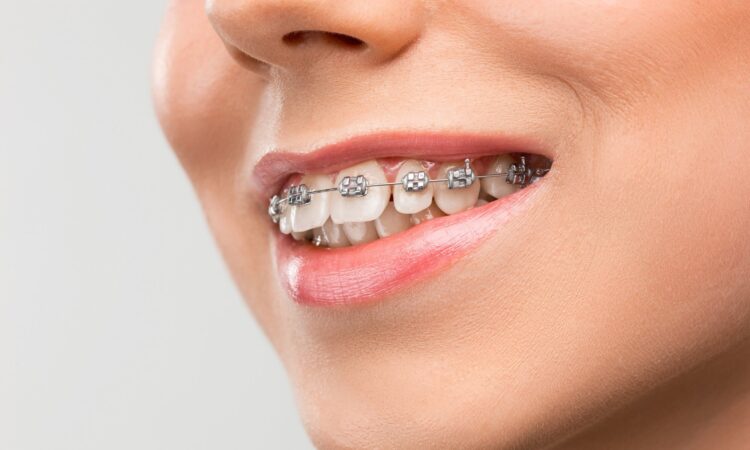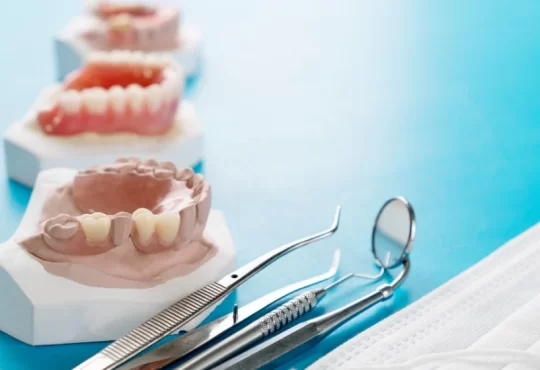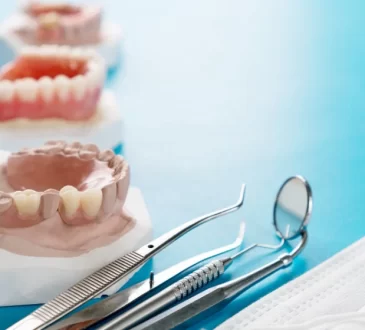Explaining The Different Types Of Orthodontic Braces

Braces. Even the mention of the word can make us shudder, conjuring memories of awkward teenage years. But here’s something that might surprise you – not all braces are created equal. There’s a wide array of orthodontic solutions out there and choosing the right one can be a daunting task. From clear aligners Carmichael to traditional metal braces, let’s delve into the world of orthodontics to understand the different types of braces that can help you achieve that perfect smile.
Classic Metal Braces
Imagine braces in your mind. Chances are, you’re picturing metal braces. They’re the most common and the least costly. Small metal brackets adhere to teeth, bound together by a thin archwire. This wire nudges your teeth into perfect alignment over time. It’s a tried and true method. But they’re conspicuous and can cause discomfort.
Ceramic Braces
These are similar to metal braces. The difference? They blend in with your teeth. Ceramic braces match your tooth color. They’re less noticeable but more fragile. They require meticulous care. They’re typically more expensive than their metal counterparts.
Lingual Braces
Imagine braces that are invisible from the front. Lingual braces are just that. They’re attached to the back of your teeth. They’re hidden, but hard to clean. They can also be more uncomfortable than other types.
Clear Aligners
Then, we have clear aligners. They’re almost invisible. They’re removable trays that fit over your teeth. You get a new set every two weeks. Each set moves your teeth gently. They’re comfortable, easy to clean, and hardly noticeable. But they’re not suitable for severe orthodontic cases.
Self-Ligating Braces
These are similar to classic metal braces. But they use clips instead of elastics to hold the wire. This reduces friction, requires fewer adjustments, and may shorten treatment time. They can be metal or ceramic, but they’re typically more expensive.
Selecting The Right Braces For You
There isn’t a one-size-fits-all solution in orthodontics. You need to consider your needs, lifestyle, and budget. It’s essential to discuss these factors with your orthodontist. Together, you can choose the best solution for your teeth and smile.









